GuillainBarré syndrome (GBS) is a rare autoimmune disease with no known cure and no established treatment that often requires a long period of recovery (National Institute of Neurological Disorders and Stroke, 15)A search of research articles on GBS in Medline Plus (15) revealed no studies on the longterm treatment of and community reintegration process for patients GuillainBarré syndrome affects the nerves of the limbs and body and is usually triggered by an infection The main symptom is weakness of the muscles that are supplied by the affected nerves It requires immediate hospital admission as it can rapidly become very serious With appropriate treatment and monitoring, most people make a full recoveryGuillainBarré syndrome (GBS) is an autoimmune condition in which the immune system attacks nerves in the affected person's own body, destroying the outer insulation layers of the peripheral nerves (nerves other than those in the brain and spinal cord) GBS can cause damage that results in serious health problems

Guillain Barre Syndrome Associated With Jev Infection Nejm
Guillain barre syndrome patient information
Guillain barre syndrome patient information-Is there a cure? GuillainBarre syndrome is a condition in which the body's immune system damages parts of neurons Symptoms include progressive weakness, numbness or tingling, decreased reflexes, body aches, double vision, loss of balance, abnormal heart rhythms or blood pressure, and difficulty breathing



Guillain Barre Syndrome Gbs Global Indian Nurses Organization
GuillainBarré syndrome is a rare autoimmune disorder that may occur after an infection Patients receive medical and pharmacological treatment as the primary intervention, and physical rehabilitation to address musculoskeletal weakness and neurologic dysfunction Winer JB Guillain Barré syndrome Mol Pathol 01 Dec 54(6)3815 Ye Y, Zhu D, Wang K, Wu J, Feng J, Ma D, et al Clinical and electrophysiological features of the 07 GuillainBarréGuillainBarre Syndrome The National Institutes of Health describe GuillianBarre Syndrome (GBS) as a neurological disorder in which the body's own immune system mistakenly attacks part of the peripheral nervous system (the network of nerves located outside of the brain and spinal cord) The effects of GBS can range from mild weakness that
Theories suggest that GBS is an autoimmune disorder (where the body's immune system fights or attacks the peripheral nervous system) that can occur after a viral infection, surgery, trauma, or reaction to an immunization GuillainBarré syndrome affects about 6,000 to 9,100 people in the US each year GBS can affect children of all agesGuillainBarre Syndrome Treatment GuillainBarre Syndrome occurs when the immune system inadvertently attacks nerves instead of a virus or bacteria in the body The resulting damage causes weakness, tingling and in severe cases can lead to paralysis The good news is that with effective physical therapy and medical treatment, patientsGuillainBarré syndrome is usually treated with immune system treatments, which help your child's immune system go back to working normally There are two types Plasma exchange (plasmapheresis) is a procedure that filters your child's blood though a machine During plasma exchange, blood is temporarily removed from your child's body to
Guillain Barre Syndrome (GBS) is an autoimmune attack on the nervous system that affects 3,000 to 6,000 people per year This devastating attack causes muscle weakness and sometimes paralysis Symptoms resolve within weeks to months, however, some will experience permanent nerve damage Rehabilitation is critical to prevent damage to joints and muscles whileIf you want to learn more about our programs and sGuillainBarré syndrome (GBS) is also called acute inflammatory demyelinating polyradiculoneuropathy (AIDP) It is a neurological disorder in which the body's immune system attacks the peripheral nervous system, the part of the nervous system outside the brain and spinal cord The onset of GBS can be quite sudden and unexpected and requires immediate



Guillain Barre Syndrome Gbs Global Indian Nurses Organization




Guillain Barre Syndrome Boston Children S Hospital
GuillainBarré syndrome (GBS) is an eponym for a heterogeneous group of immunemediated peripheral neuropathies A feature common in all GBS variants is a rapidly evolving polyradiculoneuropathy(7)7118 PMID Raphaël JC, Chevret S, Hughes RA, et al Plasma exchange for GuillainBarré syndrome The Cochrane database of systematic reviews 12;GuillainBarré syndrome in a patient with renal cell carcinoma following the first course of pazopanib therapy Koshikawa H(1), Tsukie T(1), Kurita A(2), Fujikura M(1), Suzuki M(1), Araki K(3) Author information (1)Department of Neurology, Teikyo University Medical Center, , Anesaki, Ichihara, Chiba , Japan
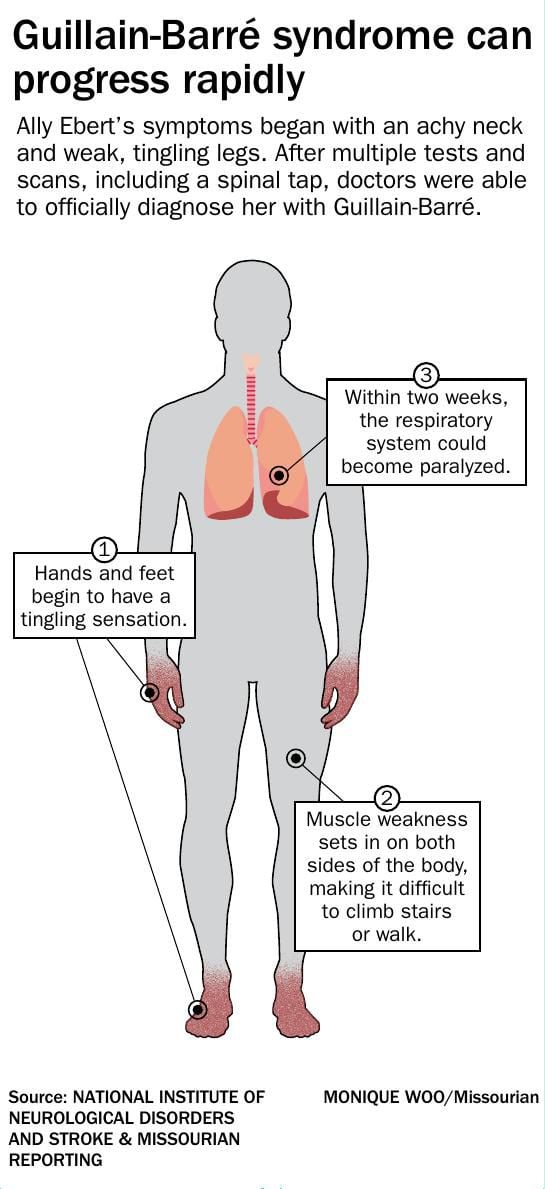



Guillain Barre Syndrome What Is It And Why Should You Care News Columbiamissourian Com
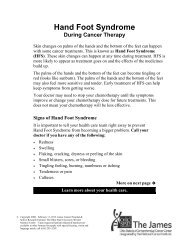



Guillain Barre Syndrome Gbs Patient Education Home
However, data on neurological complications like GuillainBarré syndrome associated with coronavirus19 are scarce Here, we report a case of a 64yearsold female patient with typical clinical and electrophysiological manifestations of Acute motor axonal neuropathy variant, who was reported positive with polymerase chain reaction for severeGuillainBarré syndrome (GBS) is an acute, inflammatory, postinfectious autoimmune polyneuropathy that causes demyelination of the peripheral and autonomic nerves and results in acute sensory and motor losses 1,2 The demyelination of peripheral nerve axons produces symmetrical motor paralysis, which progressively ascends from the lower extremities and causesIn GuillainBarré syndrome, the immune system attacks the body's nerves Symptoms include muscle weakness, pain, tingling and loss of reflexes Many people need a hospital stay to watch for breathing problems, heart issues, choking and other complications Recovery can take weeks to years, but most people do recover Appointments



Archive Of Standardized Exam Questions Guillain Barre Syndrome Gbs Stepwards




When Your Child Has Guillain Barre Syndrome Gbs
Not!) and said it was indeed GBS My insurance covered a few, very few physical therapy visits It is now almost 6 months since my initial symptomsOur rehabilitation program for GuillainBarre Syndrome begins with a full evaluation by physical therapy, occupational therapy, and speech therapy We offer progressively intensive therapy, according to your tolerance and physical abilities Rajabally YA, Uncini A Outcome and its predictors in GuillainBarre syndrome Journal of neurology, neurosurgery, and psychiatry 12;
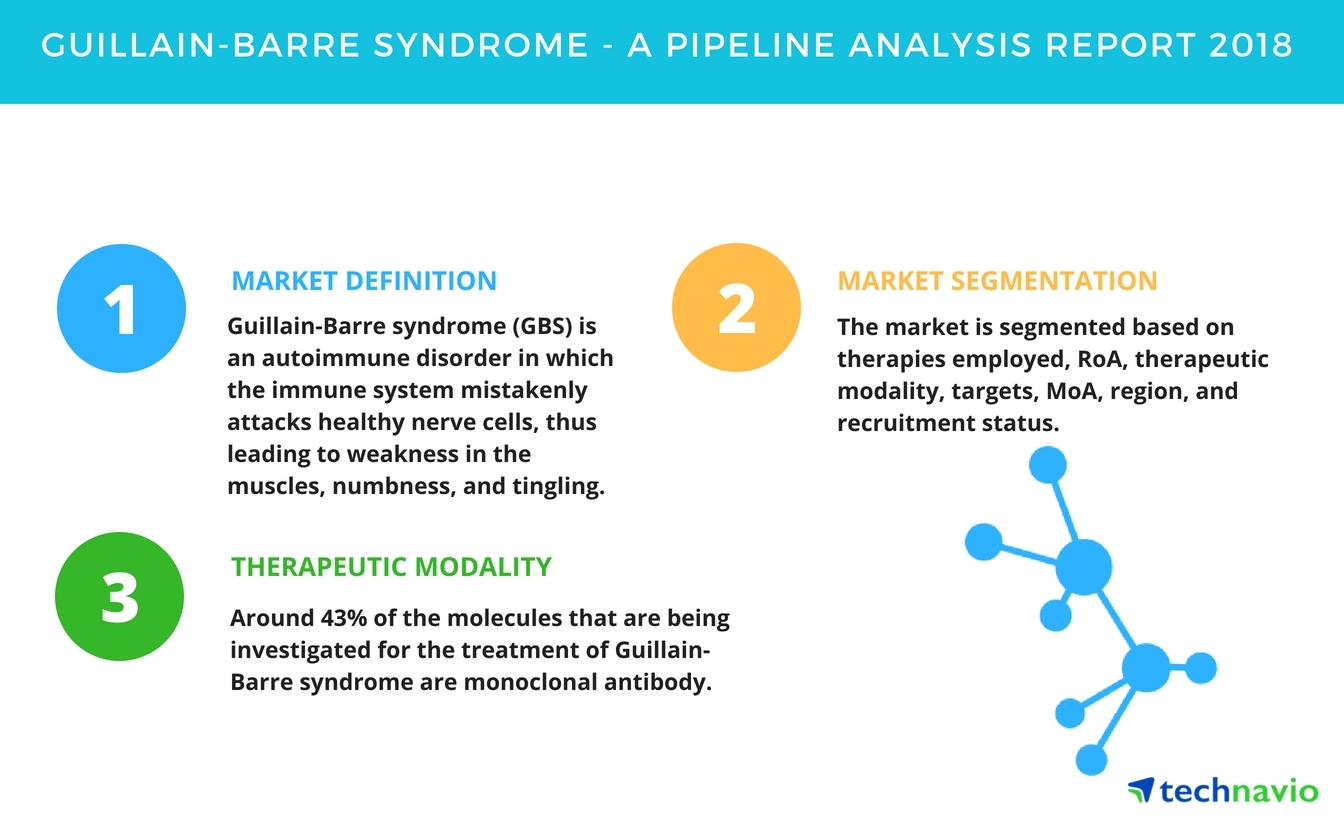



Guillain Barre Syndrome A Pipeline Analysis Report 18 Technavio Business Wire



Family Struggling With Woman S Numbing Rare Guillain Barre Syndrome
The adverse effects of antitumour necrosis factor alpha (TNFα) drugs include an increase in the risk of infections, congestive heart failure, lupuslike syndrome, and the onset or worsening of various demyelinating diseases such as, multiple sclerosis, optic neuritis, and GuillainBarrè syndrome (G GuillainBarré syndrome consists of a group of neuropathic conditions characterized by progressive weakness and diminished or absent myotatic reflexes The estimated annual incidence in theMagee can help solve the mystery of Guillain Barre and other neurological disorders The General Rehab Program at Magee provides comprehensive rehabilitation to individuals with a wide variety of conditions, such as GuillainBarre Syndrome and functional decline secondary to prolonged medical illness and neurologic disorders




47 Year Old With Rare Guillain Barre Syndrome Post Covid 19 Treated At Delhi Hospital Recovering




Returning To Class After Guillain Barre Syndrome Tommies Do Wellness
GuillainBarre Syndrome (GBS) GuillainBarre Syndrome is considered a rare condition that affects 140,000 people of all genders and ages GBS is an autoimmune disorder that destroys the myelin sheath that insulates and protects peripheral nerves Without this covering, nerves cannot transmit messages from the brain to the musclesAffects a patient's cognition GuillainBarré Syndrome GuillainBarré syndrome, also called acute inflammatory demyelinating polyneuropathy (AIDP), affects one to two new persons per 00,000 population each year It can strike anyone without warning regardless of GuillainBarré (GheeYAN BahRAY) syndrome (GBS) is a rare, autoimmune disorder in which a person's own immune system damages the nerves, causing muscle weakness and sometimes paralysis GBS can cause symptoms that last for a few weeks to several years Most people recover fully, but some have permanent nerve damage Some people have died of




What Is Guillain Barre Syndrome Therapy Insights




Guillain Barre Syndrome Rcemlearning
After the initial crisis is over, most GBS patients require an extended period of rehabilitative physiotherapy and occupational therapy to recover muscle function and strength Some people need to relearn how to do simple actions like walking, typing and cookingEuropean Scientific Journal November 17 edition Vol13, No33 ISSN 1857 – 71 (Print) e ISSN 1857 7431 Physical Therapy and Functional Motor Recovery in Patient with GuillainBarré Syndrome Case Report Antoaneta Dimitrova, PhD Department of Physiotherapy and Rehabilitation, σatТonal Sports AМaНemy "V LevskТ", SofТa, BulgarТa Nikolay Izov, PhDHowever, the clinical symptoms, along with positive antiGQ1B antibodies, were consistent with Miller Fisher Syndrome and Guillain Barre Syndrome overlap The patient




Guillain Barre Syndrome Outbreak Associated With Zika Virus Infection In French Polynesia A Case Control Study The Lancet




Guillain Barre Syndrome Pontiac Mi Euro Therapies
So 8 weeks after the initial symptoms, the neurologist said it was GuillainBarre syndrome (GBS) They tried a spinal tap, but it was too late for the confirmation Then they did EMG testing (fun!This is the story of one patient's recovery story showing his amazing progress in just a few short months!Chevrolet, JC, Deleamont, P "Repeated vital capacity measurements as predictive parameters for mechanical ventilation need and weaning success in the GuillainBarre syndrome
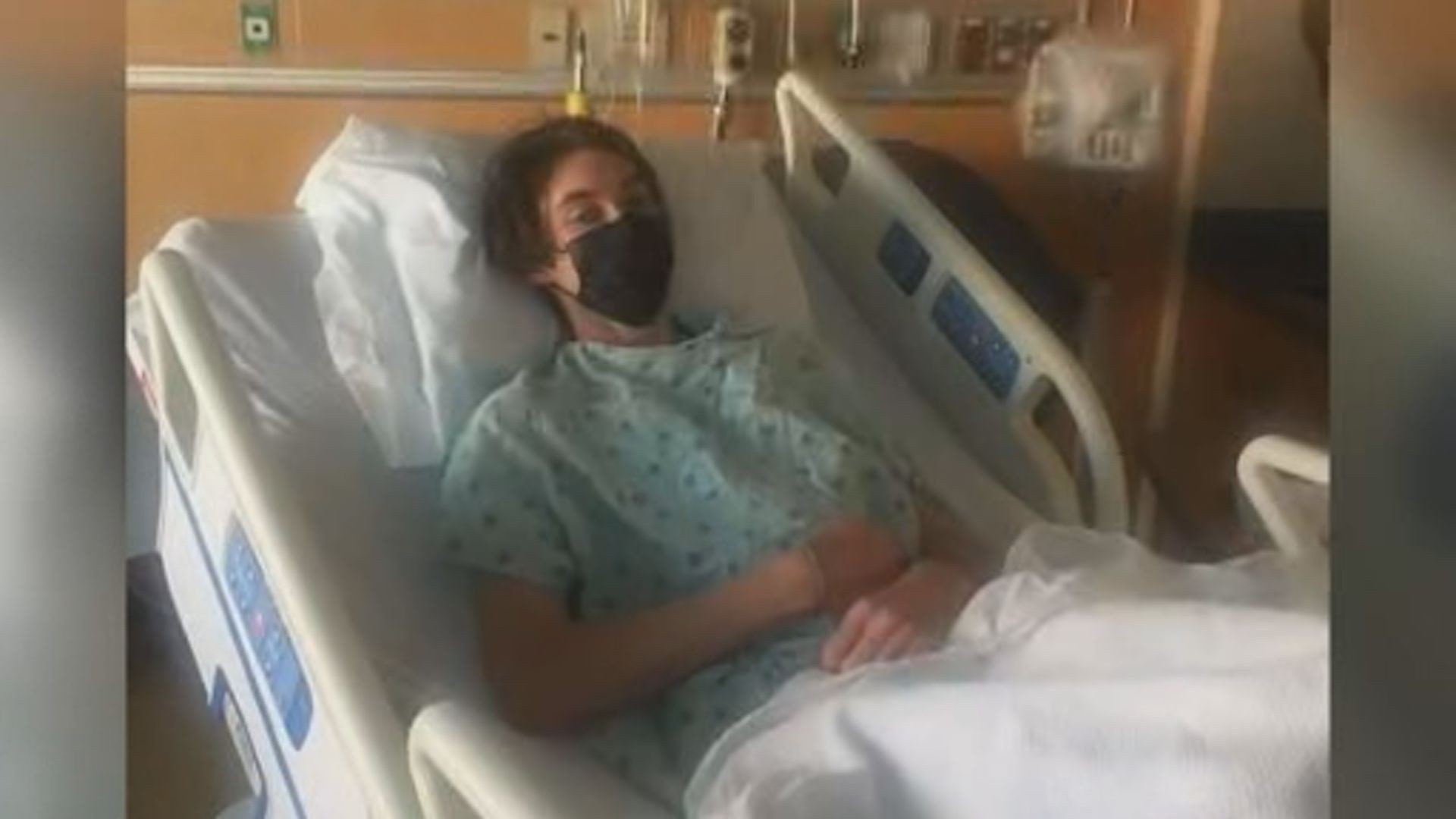



Local Teen Diagnosed With Guillain Barre Syndrome Questions Covid 19 Vaccine After Receiving First Dose




Guillain Barre Syndrome In Southern China Retrospective Analysis Of Hospitalised Patients From 14 Provinces In The Area South Of The Huaihe River Journal Of Neurology Neurosurgery Psychiatry
GuillainBarré (GheeYAN BahRAY) syndrome (GBS) is a rare, autoimmune disorder in which a person's own immune system damages the nerves, causing muscle weakness and sometimes paralysis GBS can cause symptoms that last for a few weeks to several years Most people recover fully, but some have permanent nerve damageSural sparing is a common phenomenon when testing sensory nerves CSF analysis commonly shows an elevated protein, but this elevation may not be present until the third week of the illness Patients with AIDP are treated with best medical management and either IV immunoglobulin (IVIg) or plasma exchange Summary GBS is a common form of acute quadriparesis;GuillainBarre syndrome is an acute inflammatory polyneuropathy that is classified according to symptoms and divided into axonal and demyelinating forms Twothirds of patients have a history of gastroenteritis or influenzalike illness weeks before
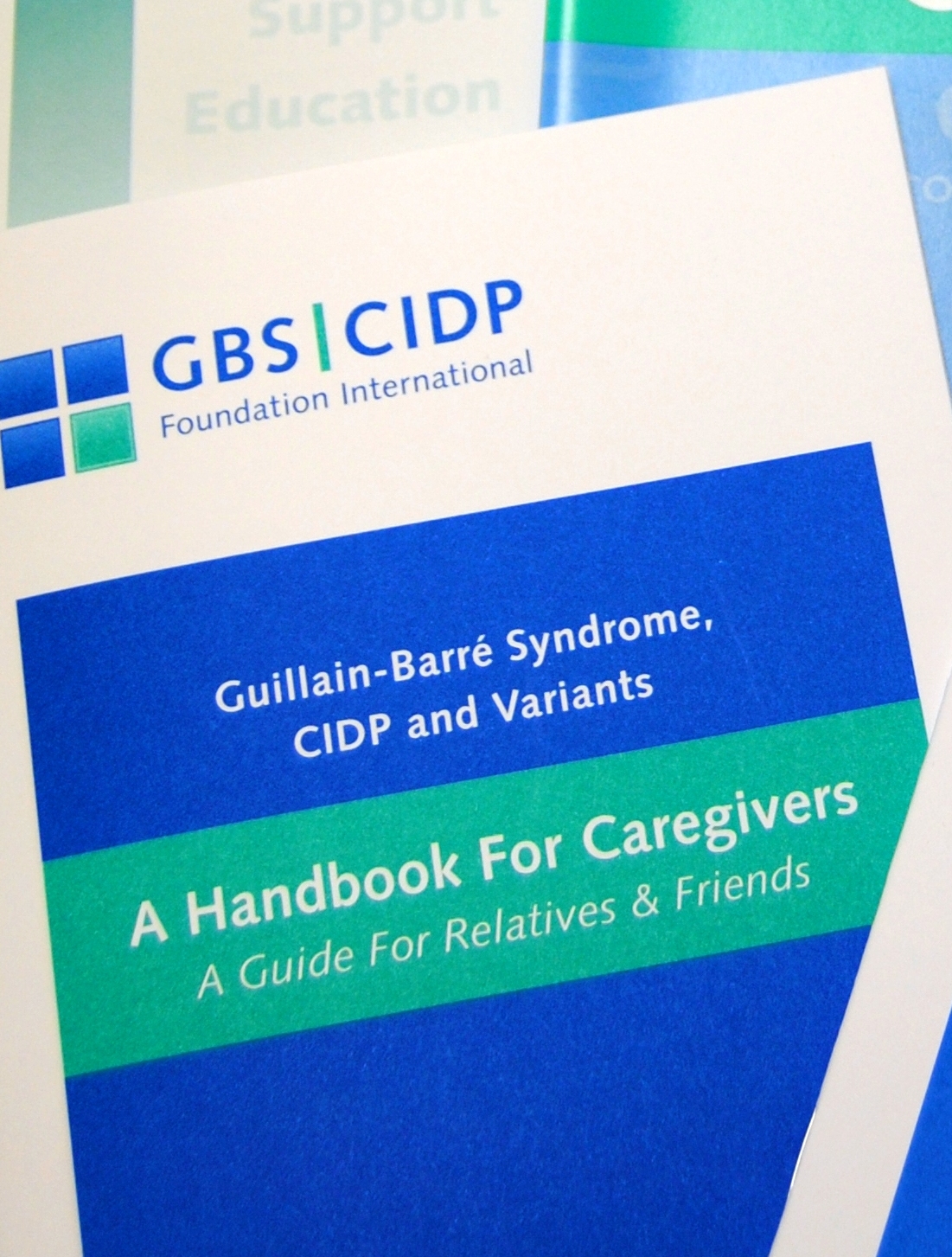



Resources Gbs Cidp Foundation International
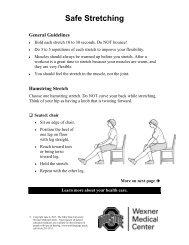



Guillain Barre Syndrome Gbs Patient Education Home
A high level of The following is my personal account of the events leading up to a diagnosis, treatment, and recovery with Guillain Barre Syndrome I've written it out in blog form and also recorded a podcast about, which can you listen too via the player above or at the end of my storyGuillainBarré syndrome (GBS) is a rare neurological disorder in which the body's immune system attacks the peripheral nervous system




Guillain Barre Syndrome Mydr Com Au




Pdf Guillain Barre Syndrome A Case Report
In this review, we gain a first insight into the possible pathogenesis mechanisms and summarize current therapeutic strategies and clinical characteristics of hepatitis E virus‐associated Guillain–Barre syndrome Meanwhile, we also emphasize the possibility of development of a novel therapyThere is currently no cure for GuillainBarre Syndrome Therapy can however lessen the severity of the illness and shorten recovery time Prognosis This can be a devastating disorder Fortunately 70% of the people that are diagnosed withA neurological disorder that results when the body's immune system (defence mechanism) attacks the nerves of the body The disease presents with varying degrees of weakness and tingling sensation of the limbs The symptoms may increase to the intensity until certain muscles cannot be used at all and results in paralysis
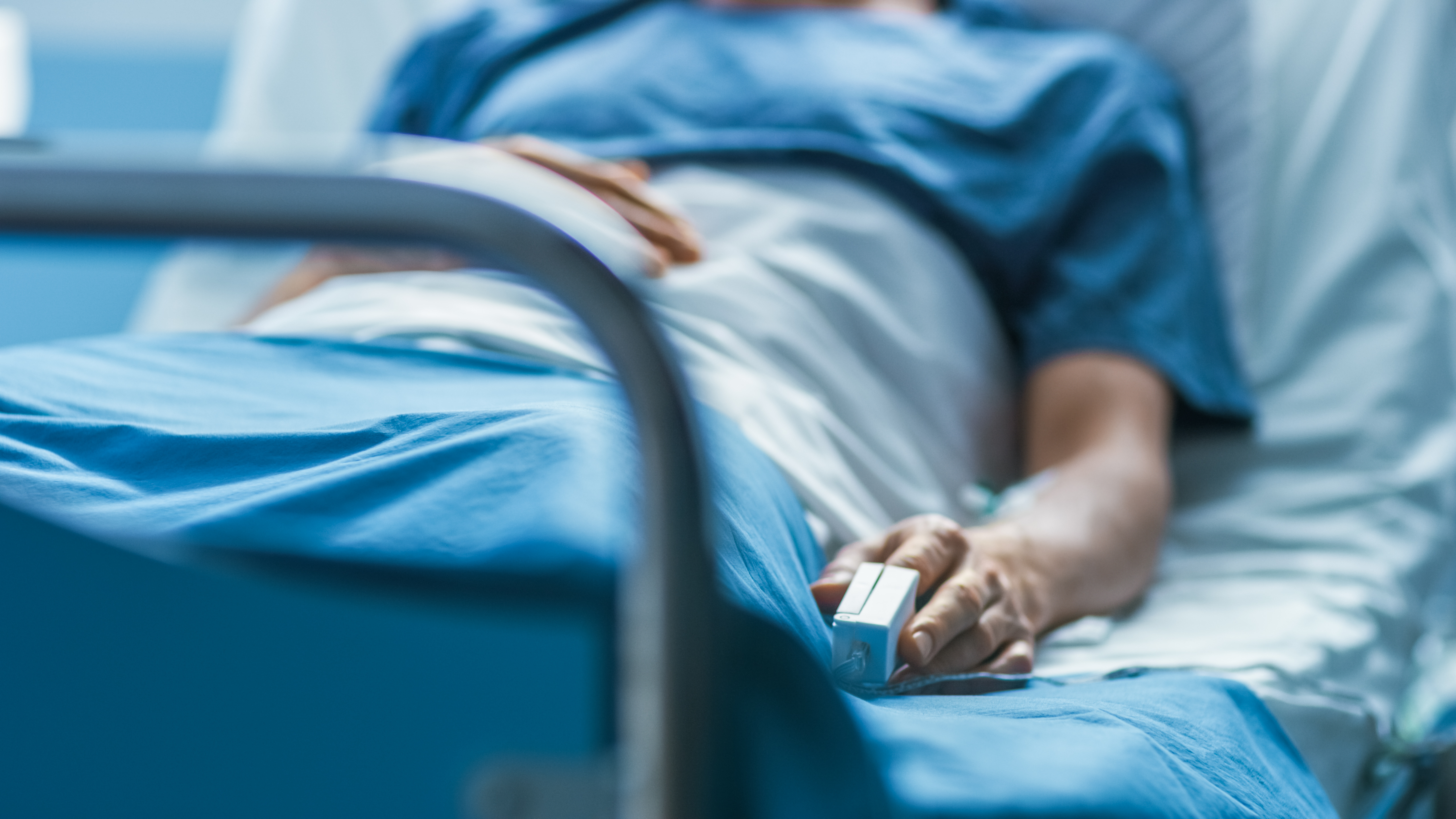



Rutgers Reports First Instance Of Covid 19 Triggering Recurrent Guillain Barre Syndrome Rutgers University




6 Guillain Barre Syndrome Nursing Care Plans Nurseslabs
Patients with GuillainBarré syndrome frequently incur a severe illness requiring lengthy hospitalization and prolonged dependency upon physicians, therapists, and mechanical devices Physical therapy is adjunctive to overall care in Take a deep breath and hold it for as long as you can Let the air out and then cough strongly Deep breaths help open your airway You may be given an incentive spirometer to help you take deep breaths Put the plastic piece in your mouth and take a slow, deep breath, then let the air out and cough GuillainBarré syndrome (GBS) has an annual incidence rate ranging from 04 to 17 cases per 1,00,000 population Pharyngealcervicalbrachial (PCB) variant is an extremely rare variant of GBS (3%), which presents with muscle weakness initially involving the neck, oropharynx, and upper extremities GBS often has an infectious inciting event leading to an autoimmune




Guillain Barre Syndrome Mayo Clinic Proceedings
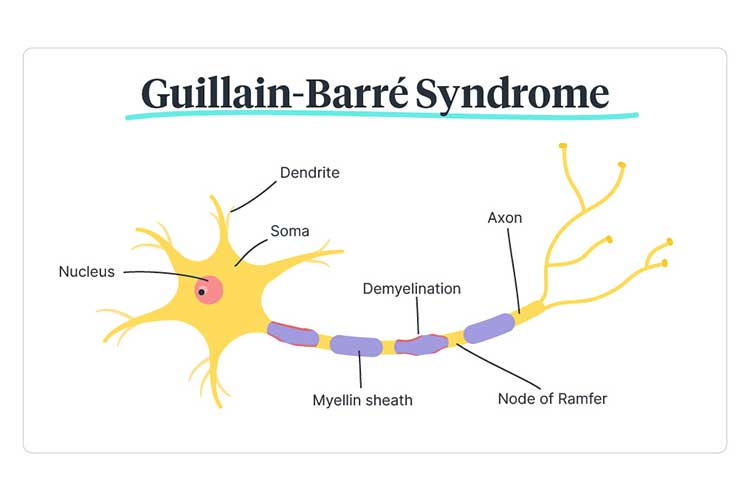



Guillain Barre Syndrome What Is Gbs Ausmed
Background GuillainBarré syndrome is a rare condition characterized by demyelination of the peripheral nervous system resulting from an erroneous attack by the immune system Symptoms and complications develop rapidly and often result in significant functional impairments, which may persist beyond the acute phase of the condition There is a currently a lack of evidenceGuillainBarre Syndrome presents with acute neuromuscular paralysis developing of one to several days Remember that many patients present with back ache and muscular pains, and sensory signs may be subtle despite the pain and may be limited to loss of joint position sense Tendon reflexes may be preserved early on the illnessThe patient was instructed to get some rest During the most recent visit, the patient was examined by the attending neurologist The differential diagnosis included sarcoidosis and Guillain‐Barré syndrome Blood workups performed included complete blood cell count, HIV screening,




Guillain Barre Syndrome A Timeline Of Expected Recovery Therapy Insights



Gbs




Pdf Rehabilitation Outcomes Of Patients Who Have Developed Guillain Barre Syndrome



Emdocs Net Emergency Medicine Educationguillain Barre Syndrome Third Time S The Charm Emdocs Net Emergency Medicine Education
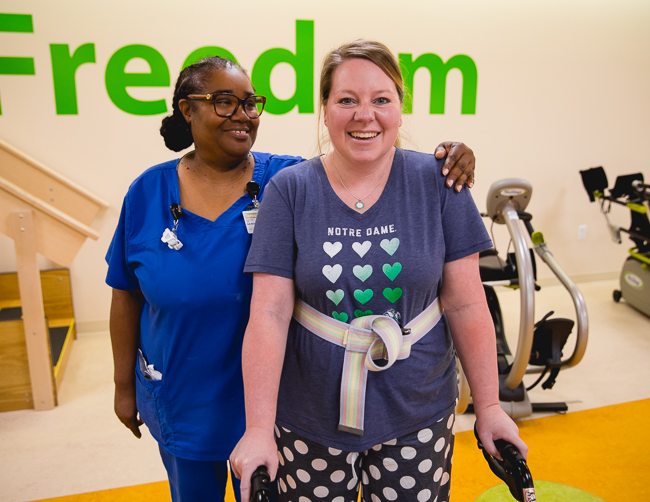



Becky Battles Guillain Barre Syndrome With Support From Mercy Health Muskegon Mary Free Bed




Pdf Multidisciplinary Care For Guillain Barre Syndrome




Guillain Barre Syndrome An Unusual Complication Covid 19 Patients Are Developing All You Need To Know About It




Q A Guillain Barre Syndrome In Patients With Covid 19 Requires More Research




Guillain Barre Syndrome Nejm
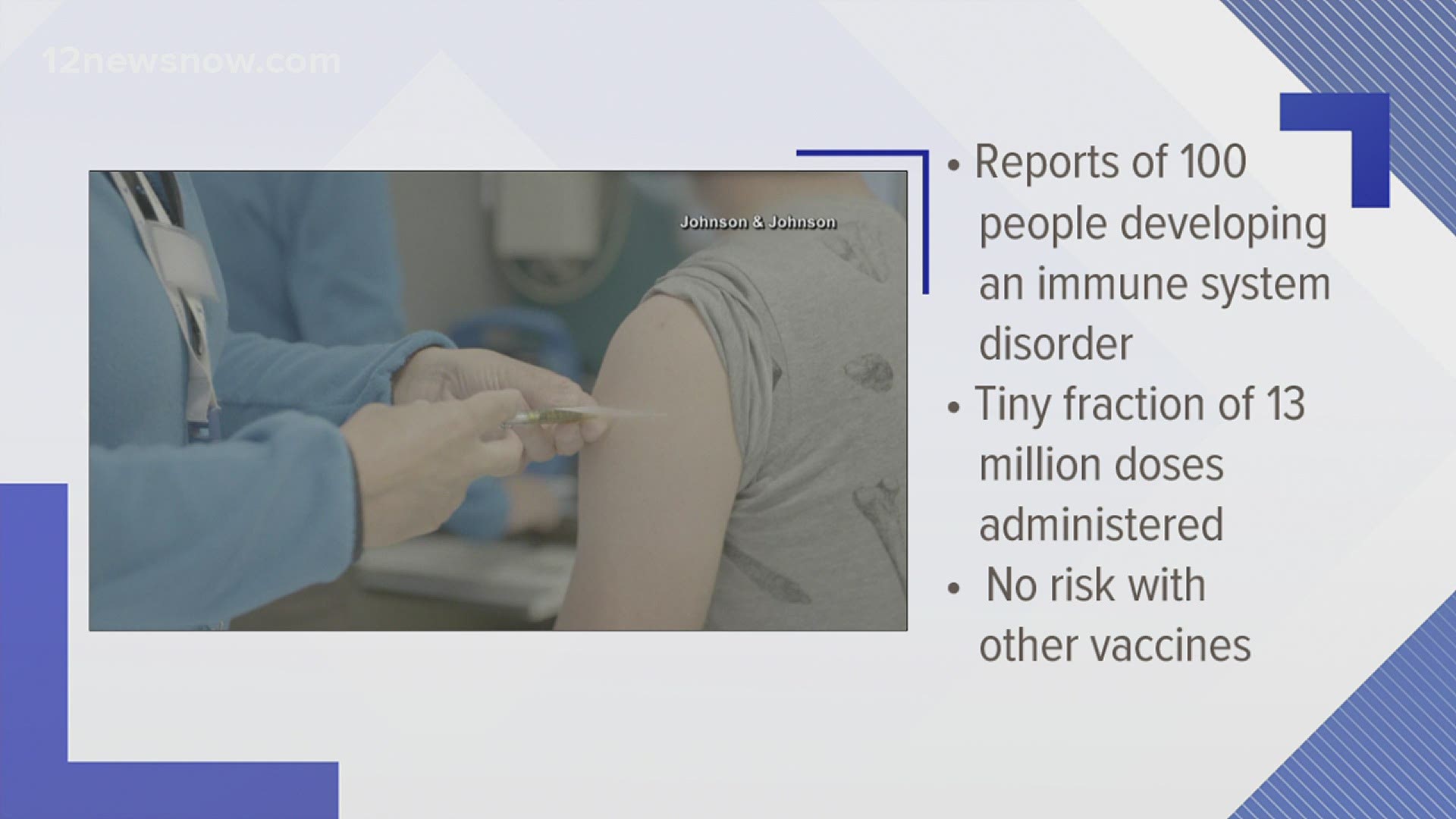



What Is Guillain Barre Syndrome Cbs19 Tv




Explained What Is Guillain Barre Syndrome Why It S Being Linked To J J Vaccine
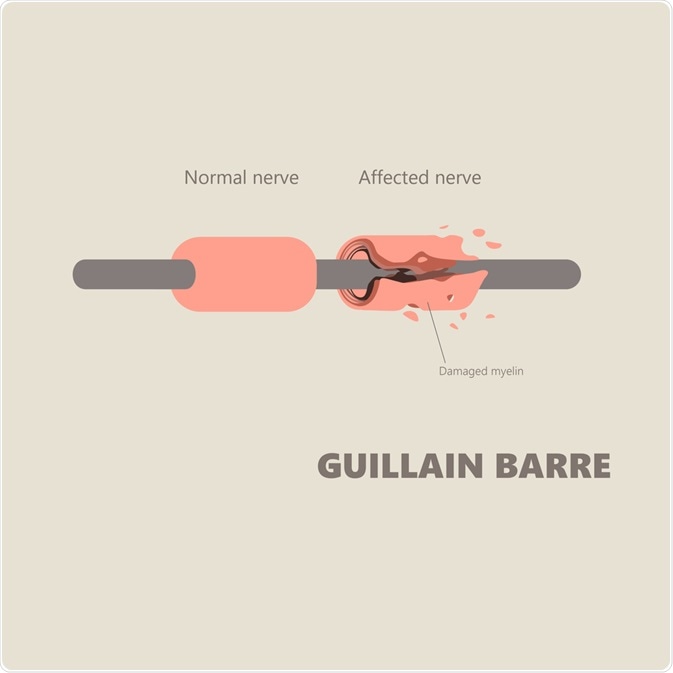



Guillain Barre Syndrome Treatment




Current Treatment Practice Of Guillain Barre Syndrome Neurology
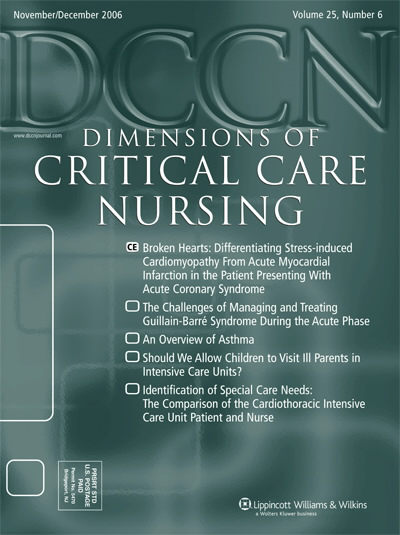



The Challenges Of Managing And Treating Guillain Barre Syndrome During The Acute Phase Article Nursingcenter




Guillain Barre Syndrome Gbs Patient Education Home



Child With Covid 19 Guillain Barre Syndrome Treated The Hindu




Guillain Barre Syndrome



Guillain Barre Syndrome Fact Sheet Dig Jamaica




Rarest Of Covid Vaccine Reactions Guillain Barre Syndrome Whyy




Guillain Barre Syndrome And The Johnson Johnson Vaccine What To Know The New York Times
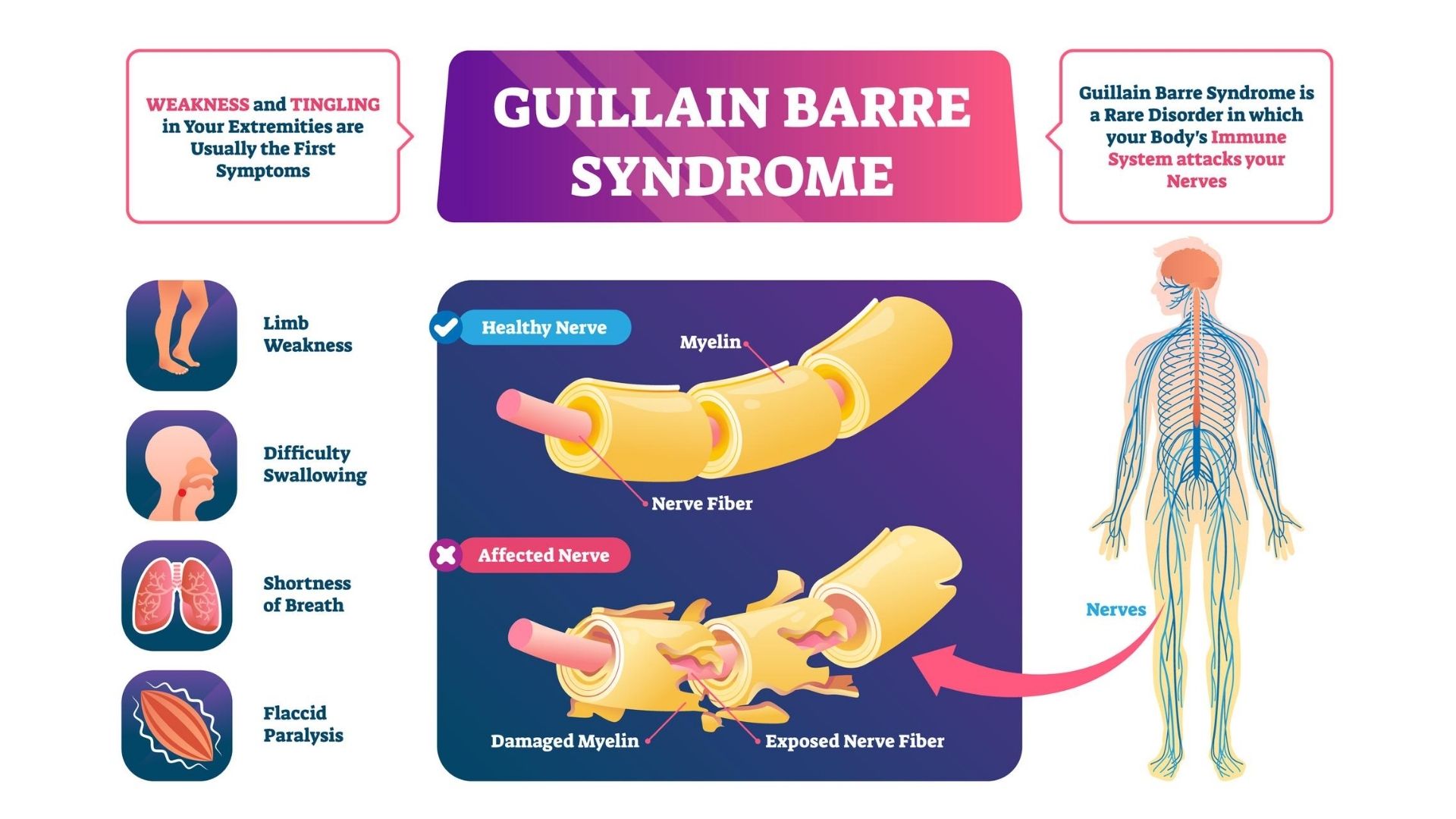



Guillain Barre Syndrome Treatment Propel Physiotherapy
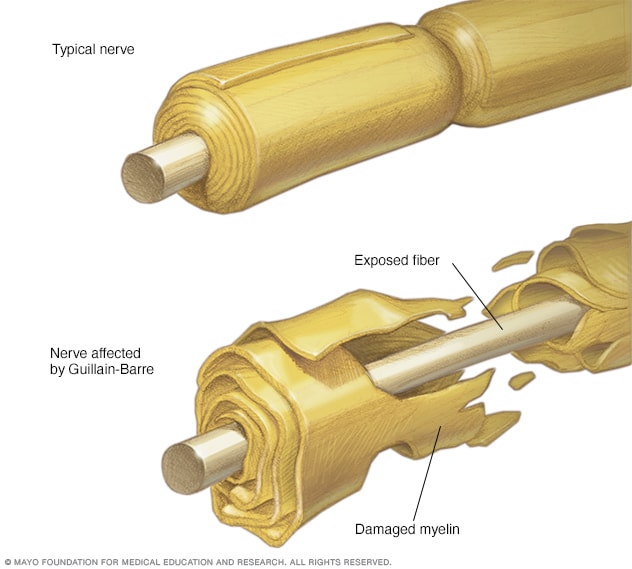



Guillain Barre Syndrome Symptoms And Causes Mayo Clinic




Pdf Guillain Barre Syndrome In A Covid 19 Patient A Case Report And Review Of Management Strategies




Guillain Barre Syndrome Symptoms Causes Diagnosis And Treatment



Zika Virus Poses Risk Of Guillain Barre Syndrome Stanford Neurologist Warns Scope
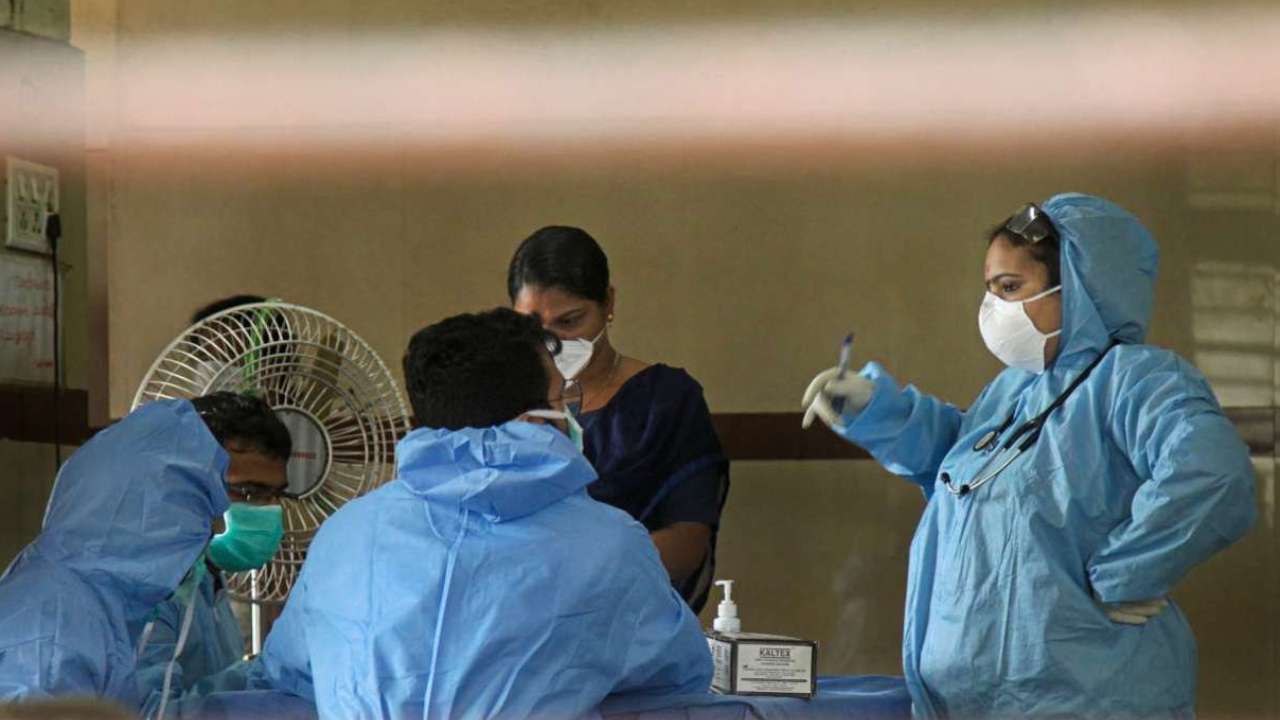



Dna Explainer What Is Guillain Barre Syndrome That Some Covid 19 Patients Are Developing




Guillain Barre Syndrome Associated With Jev Infection Nejm




Guillain Barre Syndrome American Academy Of Pediatrics




Guillain Barre Syndrome Associated With Sars Cov 2 Nejm
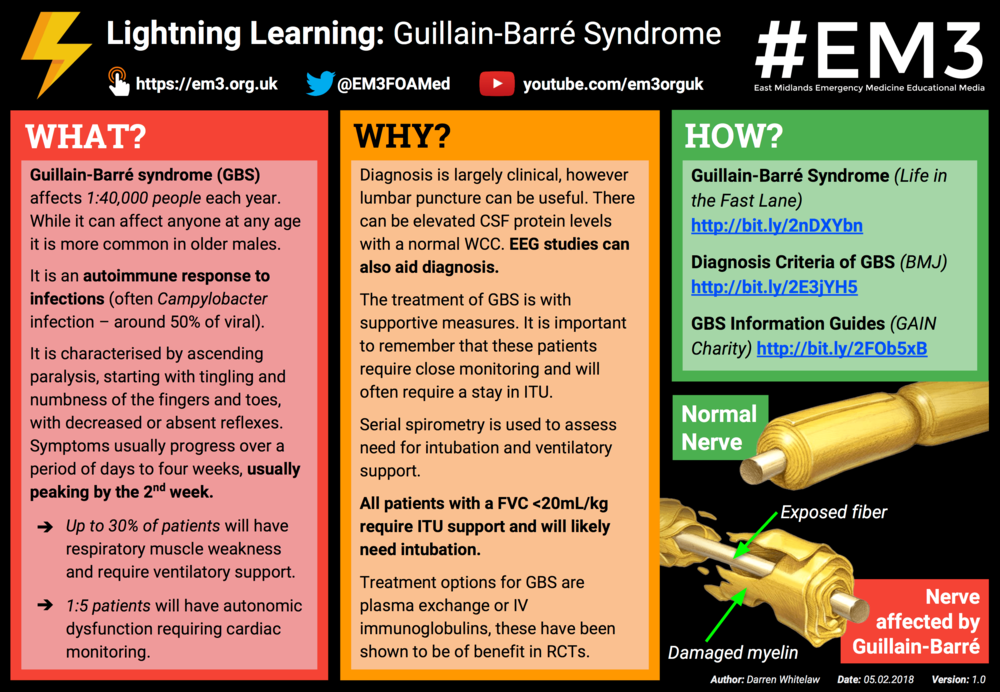



Lightning Learning Guillain Barre Syndrome Em3 East Midlands Emergency Medicine Educational Media



Guillain Barre Syndrome
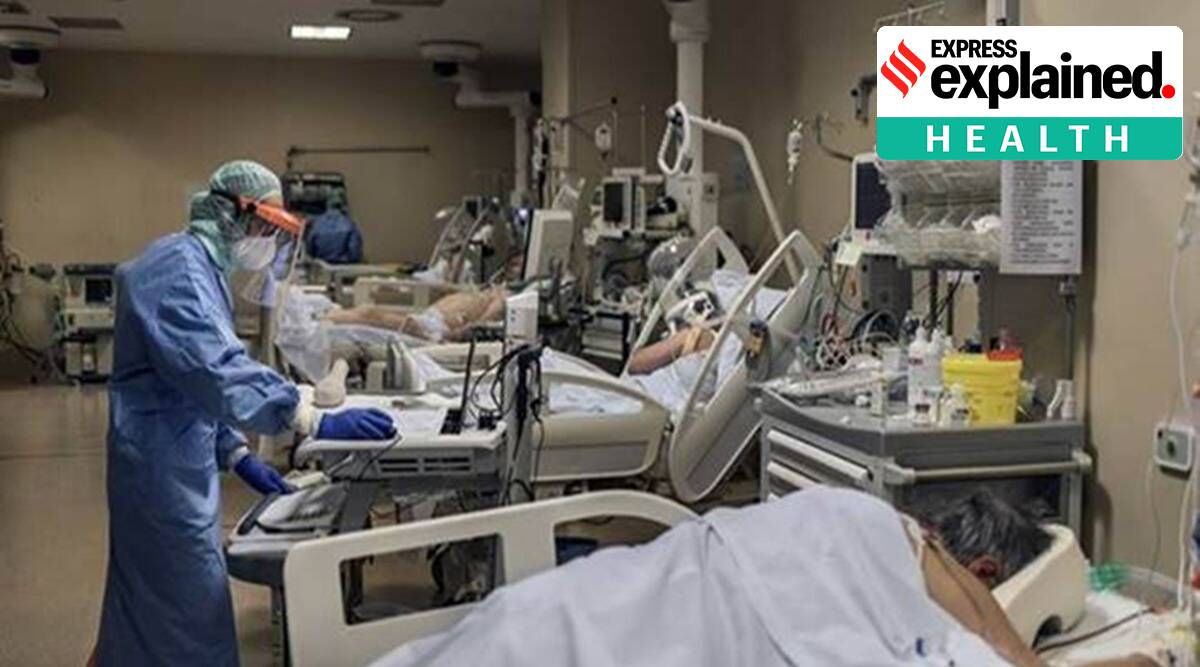



What Is The Guillain Barre Syndrome Affecting Covid 19 Patients




Distal Limb Weakness Phenotype Of Guillain Barre Syndrome Journal Of The Neurological Sciences
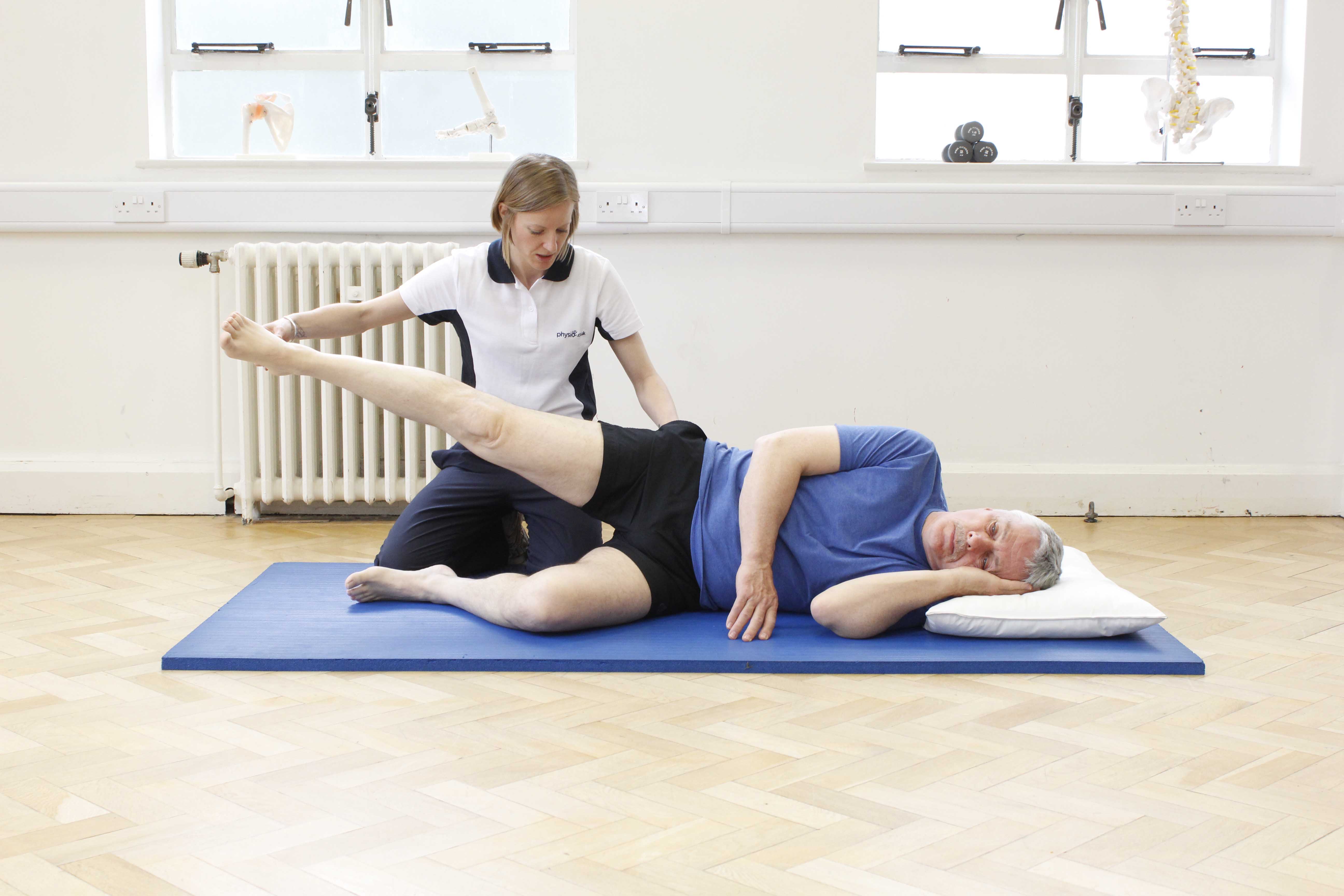



Guillain Barre Syndrome Conditions Neurological What We Treat Physio Co Uk



Emdocs Net Emergency Medicine Educationguillain Barre Syndrome Third Time S The Charm Emdocs Net Emergency Medicine Education
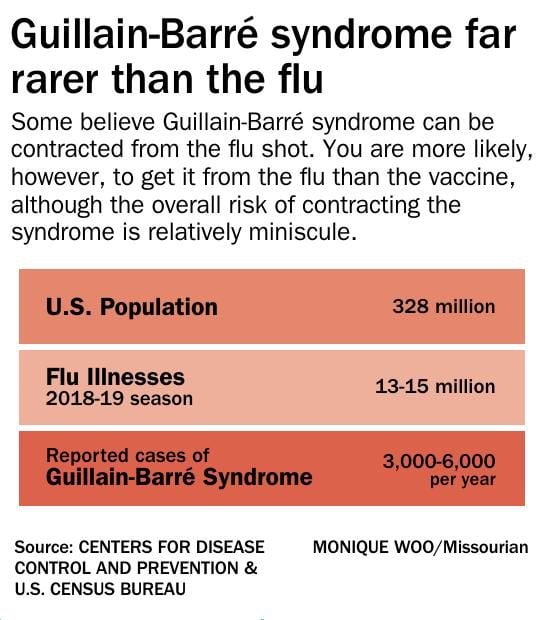



Guillain Barre Syndrome What Is It And Why Should You Care News Columbiamissourian Com




Guillain Barre Syndrome Where Body S Immune System Attacks Its Nervous System Youtube




Guillain Barre Syndrome In A Patient With Evidence Of Recent Sars Cov 2 Infection Mayo Clinic Proceedings



Resources Guillain Barre Syndrome Gbs




Diagnosis And Management Of Guillain Barre Syndrome In Ten Steps Nature Reviews Neurology




Guillain Barre Syndrome Sudden Paralysis Video Lesson Transcript Study Com




Food Borne Illness Causing Bacterium Campylobacter Jejuni Triggers Guillain Barre Syndrome
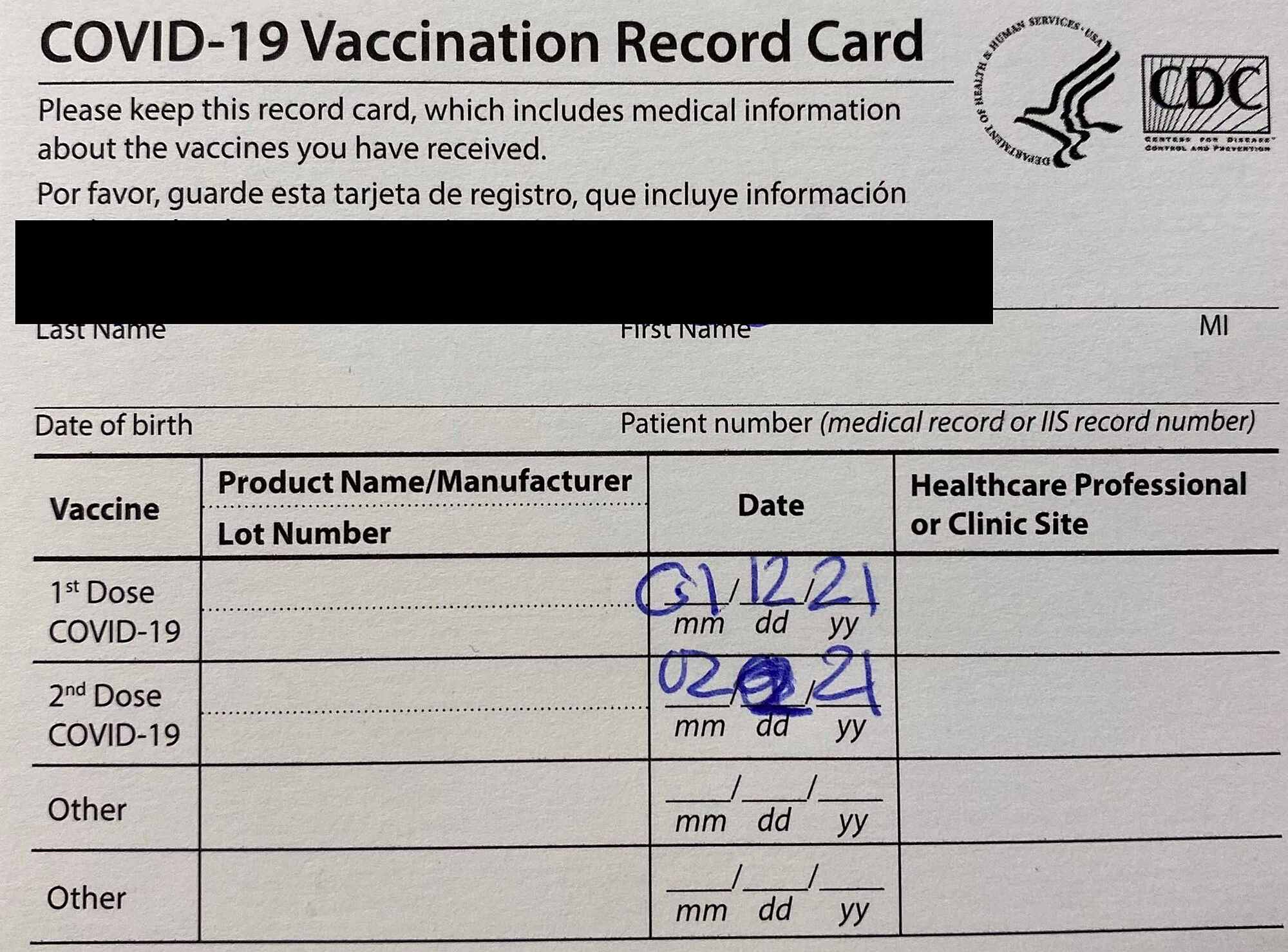



Cureus Neurological Complications Of Covid 19 Guillain Barre Syndrome Following Pfizer Covid 19 Vaccine



3




What Is Guillain Barre Syndrome All About Rare Disorder Developing In Some Covid Patients




Guillain Barre Syndrome Recovery And Complications




Pdf Rehabilitation In Guillian Barre Syndrome




What Is Guillain Barre Syndrome Therapy Insights




Guillain Barre Syndrome 4 Ways To Manage Symptoms Dr Axe
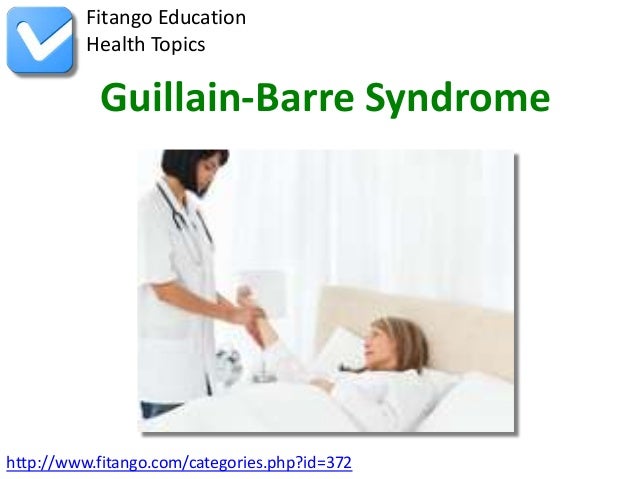



Guillain Barre Syndrome




Guillainbarre Syndrome 1 Concept Map Selected Topics In




New Study Links Zika Virus To Temporary Paralysis The New York Times




Guillain Barre Syndrome Gbs Emcrit Project
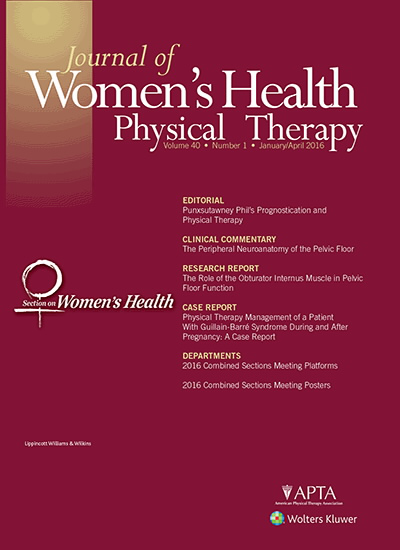



Physical Therapy Management Of A Patient With Guillain Barre Syndrome During And After Pregnancy A Case Report Article Nursingcenter




40 Ot Guillian Barre Syndrome Ideas Guillain Barre Syndrome Barre Syndrome




Guillain Barre Syndrome Mistaken For A Common Spinal Disorder A Case Report




Guillain Barre Patient Respiratory Therapy Stock Image M165 0139 Science Photo Library



Atypical Guillain Barre In The Emergency Department The Western Journal Of Emergency Medicine
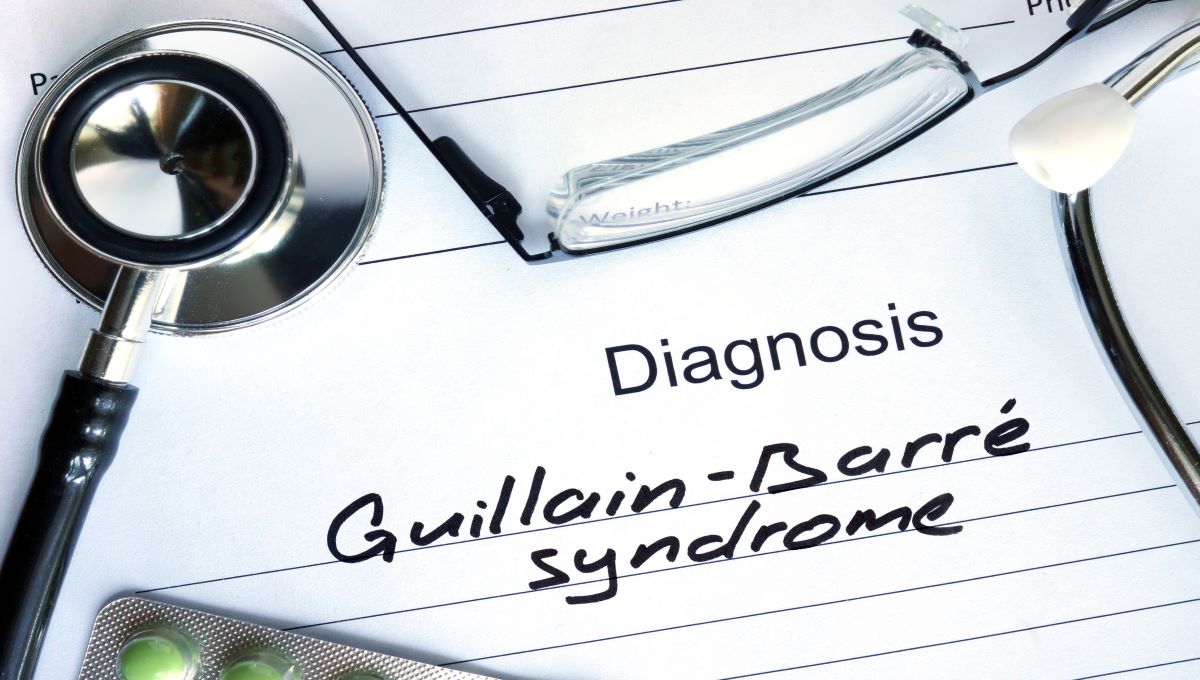



Man Paralyzed After Suspected Complications From Food Poisoning Food Safety News




Guillain Barre Syndrome Gbs Symptoms Treatment Definition
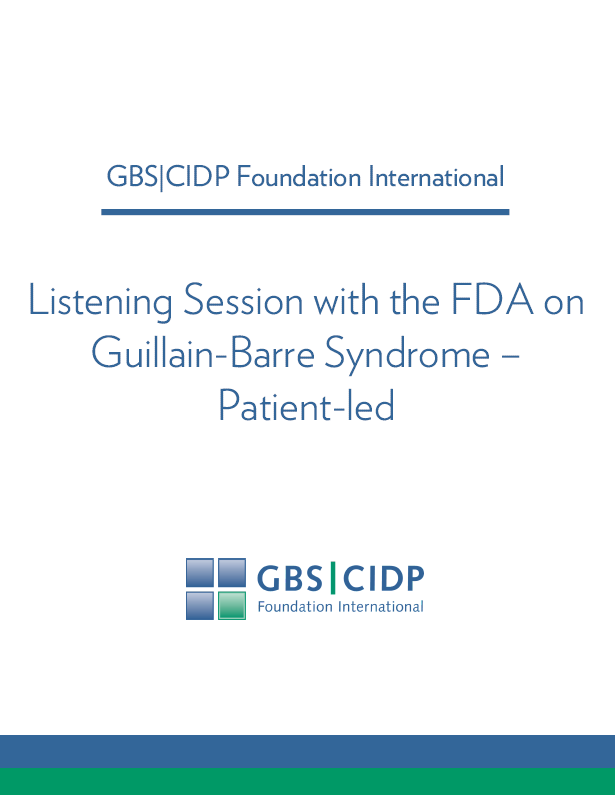



Foundation Hosted Patient Listening Session On Guillain Barre Syndrome With The Fda Gbs Cidp Foundation International



Pediatric Neurology Guillian Barre Syndrome Guillian Barre Syndrome Patient Education Diseases And Conditions Pediatric Oncall




Nursing Process The Patient With Guillain Barre Syndrome



1




Guillain Barre Syndrome Physiopedia




Guillain Barre Syndrome Miss Fatima Hirzallah Guillain Barre Syndrome Is An Autoimmune Attack On The Peripheral Nerve Myelin The Result Is Acute Rapid Ppt Download
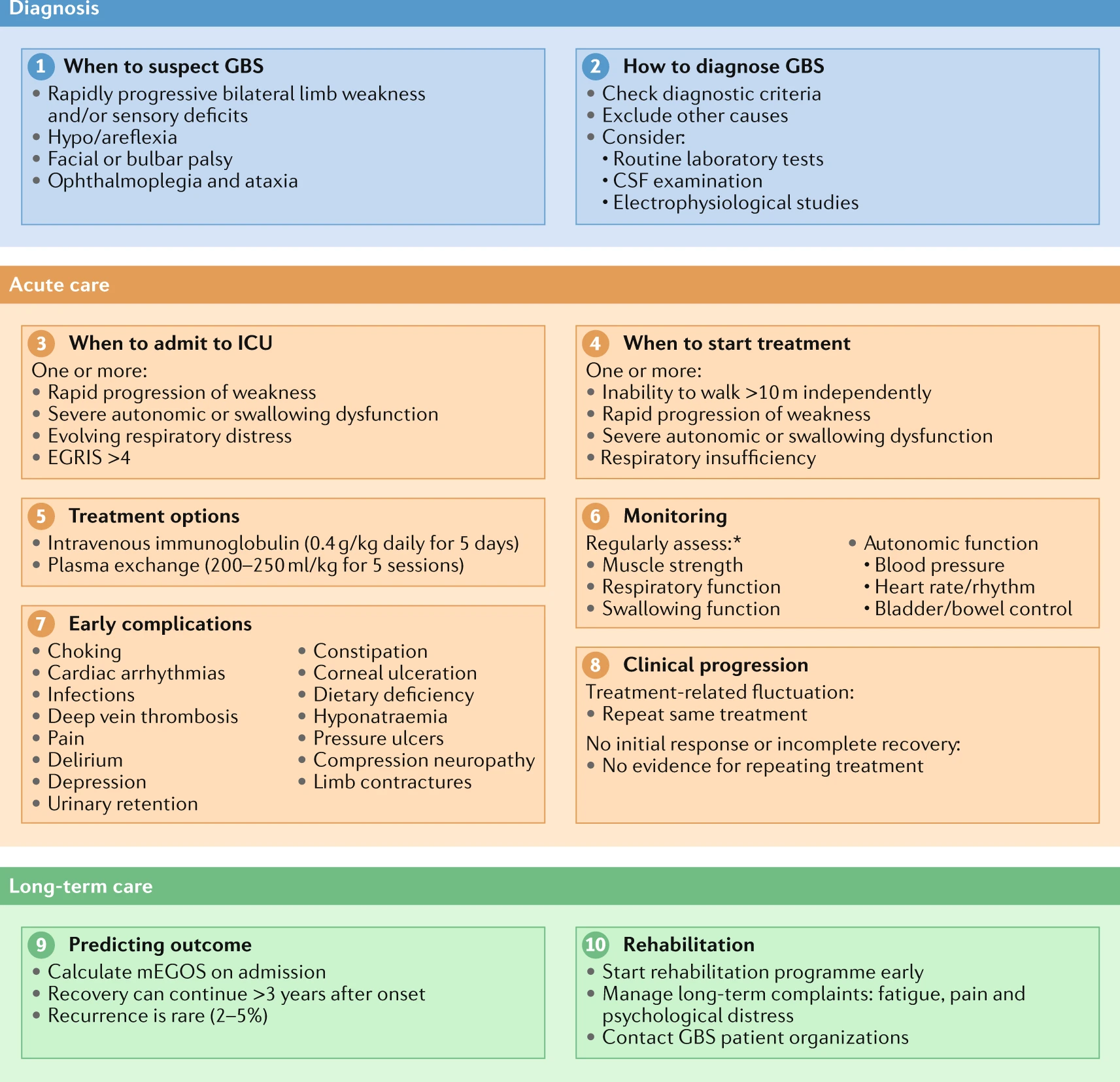



Update From The International Guillain Barre Syndrome Outcome Study Igos Gbs Cidp Foundation International
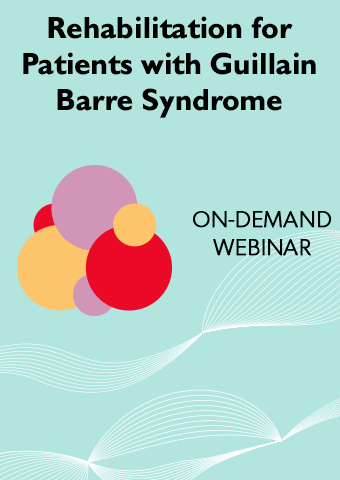



Rehabilitation For Patients With Guillain Barre Syndrome Shirley Ryan Abilitylab
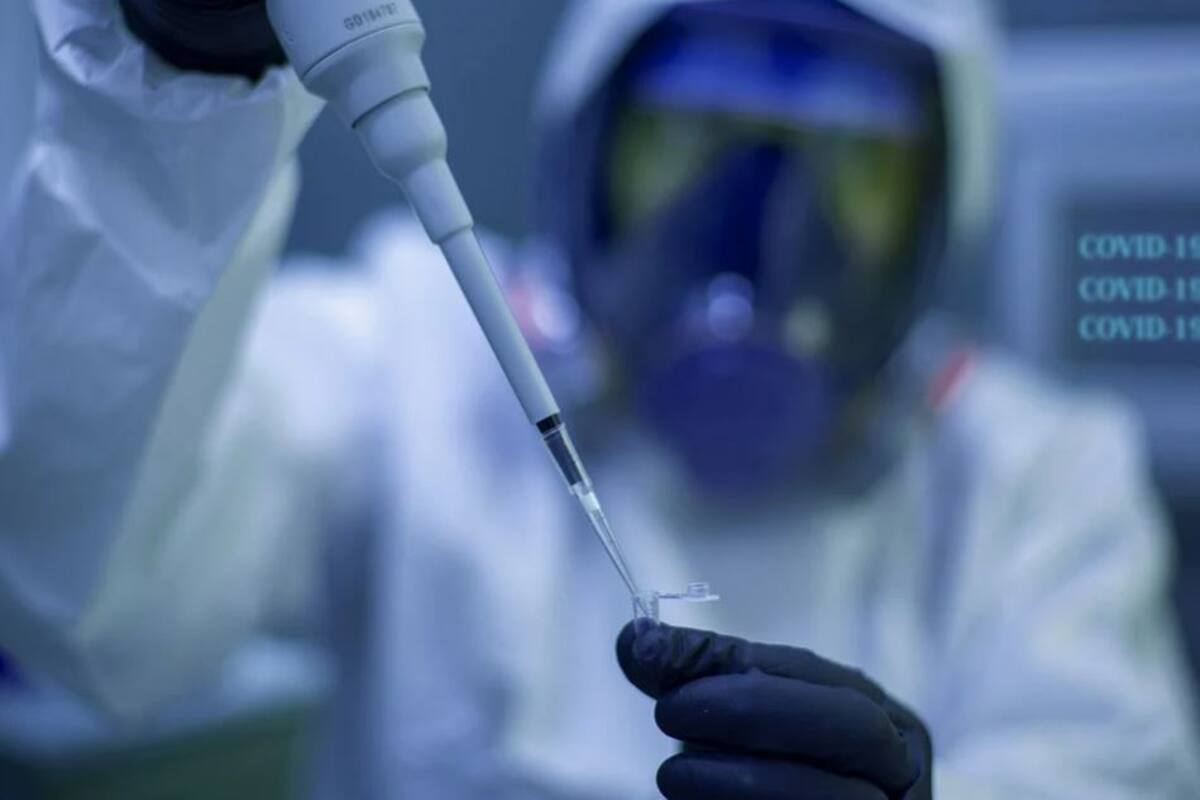



What Is Guillain Barre Syndrome Read On About The Rare Syndrome That Some Covid 19 Patients Are Developing




Guillain Barre Syndrome Physiopedia



Emdocs Net Emergency Medicine Educationguillain Barre Syndrome Third Time S The Charm Emdocs Net Emergency Medicine Education



Emdocs Net Emergency Medicine Educationguillain Barre Syndrome Third Time S The Charm Emdocs Net Emergency Medicine Education



Emdocs Net Emergency Medicine Educationguillain Barre Syndrome Third Time S The Charm Emdocs Net Emergency Medicine Education
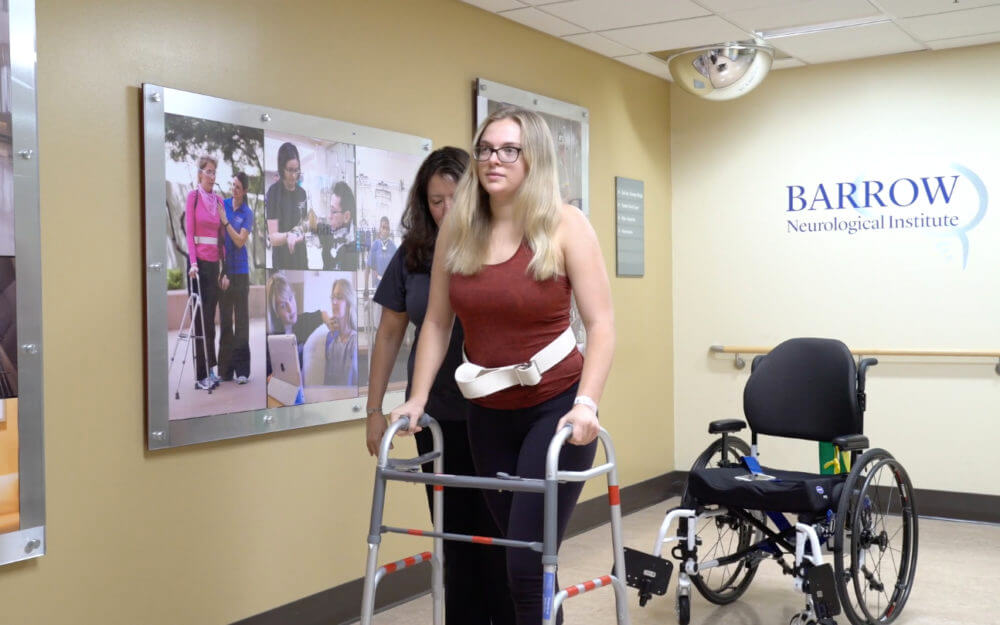



Arizona Student Paralyzed By Guillain Barre Syndrome In Spain Recovers At Barrow
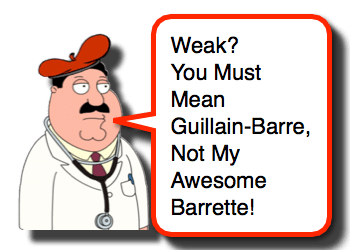



Guillain Barre Syndrome Pediatric Em Morsels




What Is Guillain Barre Syndrome Health Care Us News
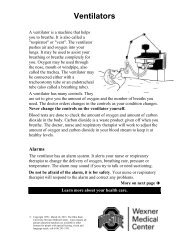



Guillain Barre Syndrome Gbs Patient Education Home




Guillain Barre Syndrome Symptoms Vaccine Treatment More




Guillain Barre Syndrome A Primer For Clinicians Medbridge




Case Study Effects Of Psychosocial Factors On A Geriatric Patient Wit By Keane Evangelista Mary Pent Hunter Et Al



0 件のコメント:
コメントを投稿